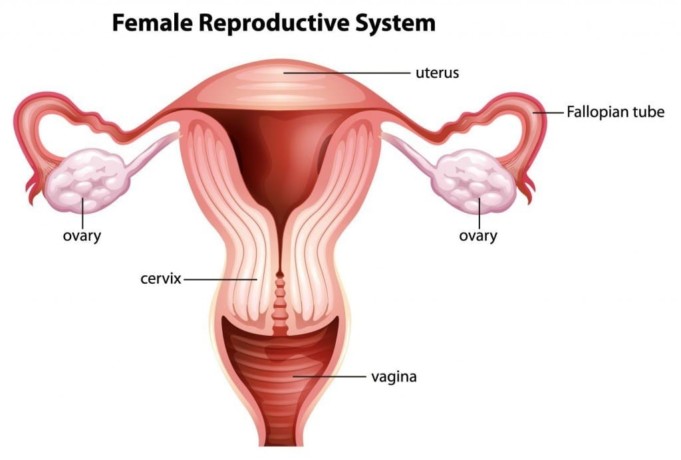The fallopian tubes are any vital part of the female reproductive system as they transport the eggs from the ovaries to the uterus.
The leading role of the fallopian tube is to transport eggs from the ovaries to the uterus. There are procedures carried out to block the fallopian tubes, and they can be used as a form of permanent female contraception or sterilization.
Other names for the fallopian tubes include the uterine tubes or oviducts. They are vital parts of the female reproductive system.
The Fallopian tubes are where fertilization commonly occurs. If a foetus implants in the fallopian tubes, or anywhere outside of the uterus, it is called an ectopic pregnancy. It is a dangerous thing to have an Ectopic pregnancy as it comes with a risk of rupture and sometimes death.
Anatomy of the Fallopian tube
The fallopian tubes are a pair of muscular tubes that are located in the lower abdomen/pelvis, in the company of other reproductive organs.
Every woman has two Fallopian tubes, one on both sides, and they extend from close to the top of the uterus and run laterally before making a curve over and around the woman’s ovaries. Their shape of the Fallopian tube is similar to that of an extended J.
The fallopian tubes have an open end that lies very close to the ovaries, but they are not attached directly. Instead, the fimbriae (this is the Latin term for fringes) of the fallopian tubes transport ovulated eggs into the tubes and then towards the uterus.
In a grown woman, the fallopian tubes are usually around 10 to 12 centimeters (cm) in length. However, there have been findings that suggest this can vary substantially from one person to another.
The Fallopian tubes are generally considered to be made up of four sections. There is a short interstitial section that connects via the wall of the uterus into the interior part of the uterus.
Next is the isthmus, a narrow section that measures about one-third of the tube’s full length. This is accompanied by the ampulla, which has a thin wall just like the isthmus but has a broader circumference. This part makes up around half the tube’s length.
Finally, there is the part called the infundibulum, which is where the Fallopian tube widens into a fringed funnel that rests close to the ovary.
The fringes described above are called the fimbriae, and sometimes, they are considered a fifth segment of the Fallopian tube. The longest fimbria, which is also the one that sits closest to the ovary, is known as the ovarian fimbria,
The fallopian tubes naturally have several layers. The outer layer is a kind of membrane that is called the serosa. Inside this first layer are layers of muscle, called the myosalpinx. The number of layers unidentified dramatically depends on the part of the tube.
Finally, inside of a fallopian tube is a mucosal surface that appears deeply folded. This layer also has cilia. If you are wondering what cilias are, they are hair-like structures. They work to propel an ovulated egg from the ovary to the uterus. These hairlike structures are also known to help with distributing tubal fluid throughout the Fallopian tube.
The cilia of healthy fallopian tubes are most at the ovarian end. These strands are also changed throughout a woman’s menstrual cycle. The cilia have a beating movement that increases close to the time of ovulation.
This is naturally regulated by progesterone and estrogen production. Interestingly, some women who have been diagnosed with a condition known as Kartagener’s syndrome are still fertile even when their cilia movement is impaired.
Anatomical Variations
In sporadic cases, there can be a formation of an accessory fallopian during development, which can have a negative effect on fertility.
This extra tube has typically an end that is close to the ovary but will not extend into woman’s uterus. Therefore, in any case, where an egg is picked by the accessory fallopian tube, there will be no fertilization and implantation.
We hope that you found this article helpful. If yes, kindly leave a review here.
We look forward to hearing from you.












